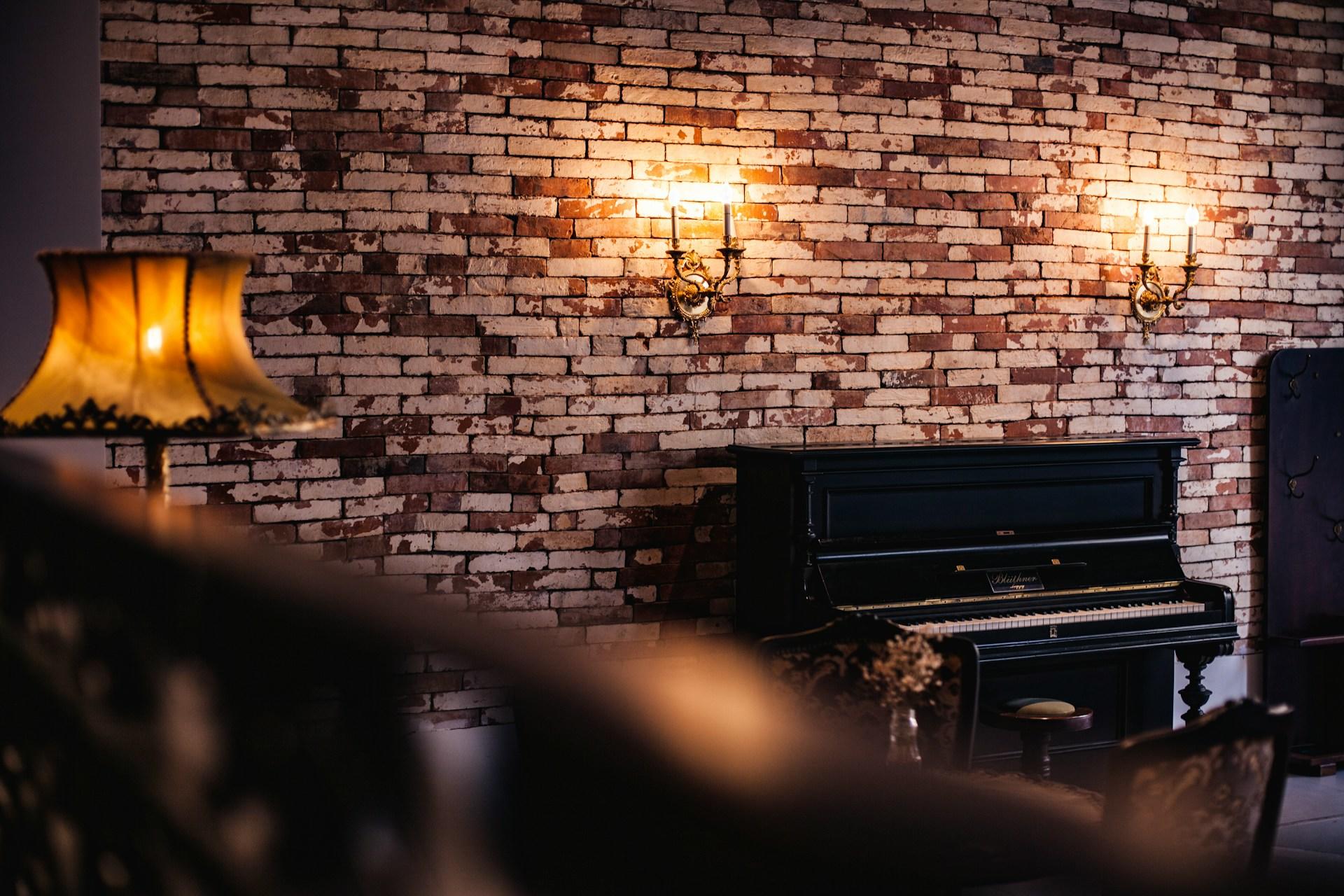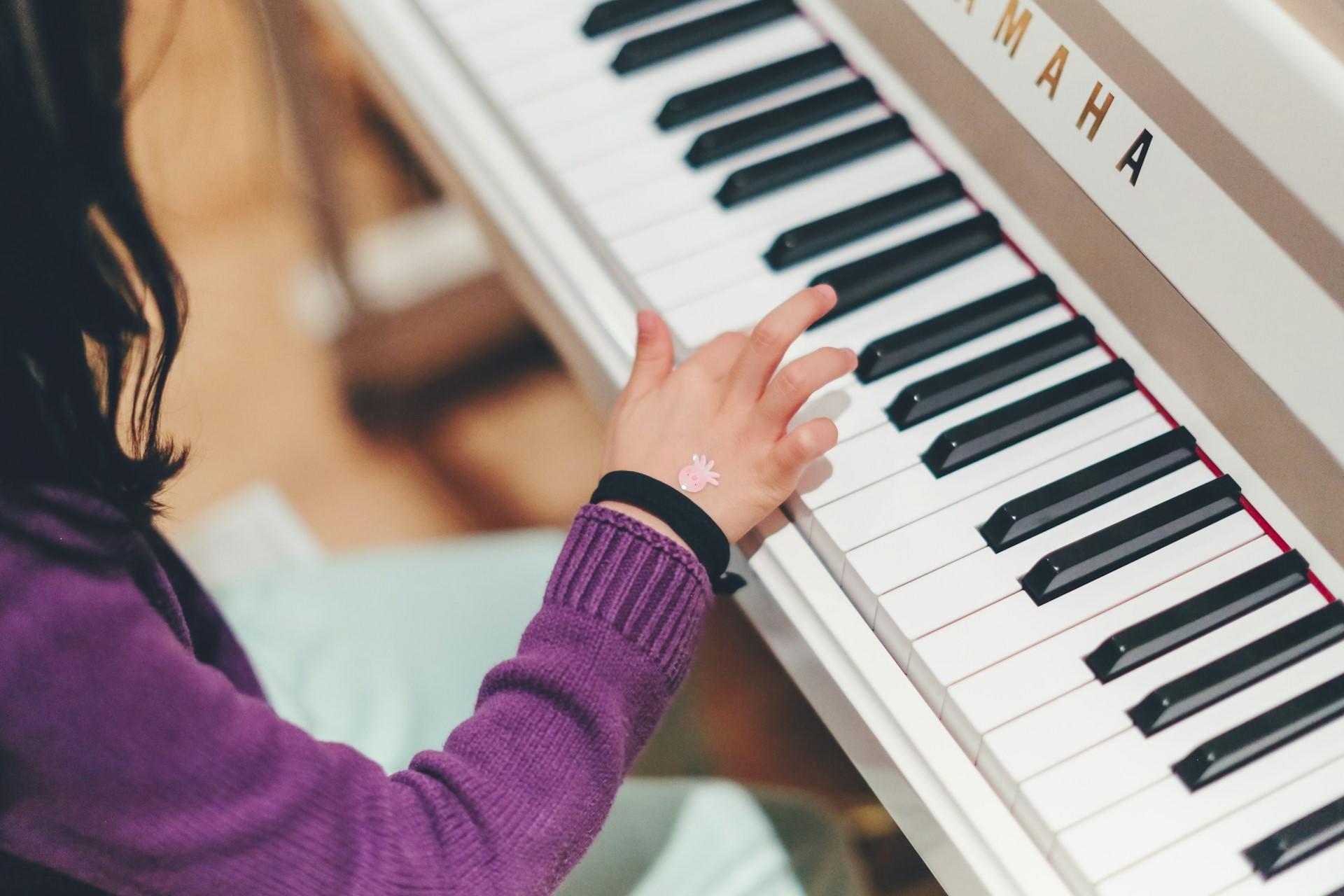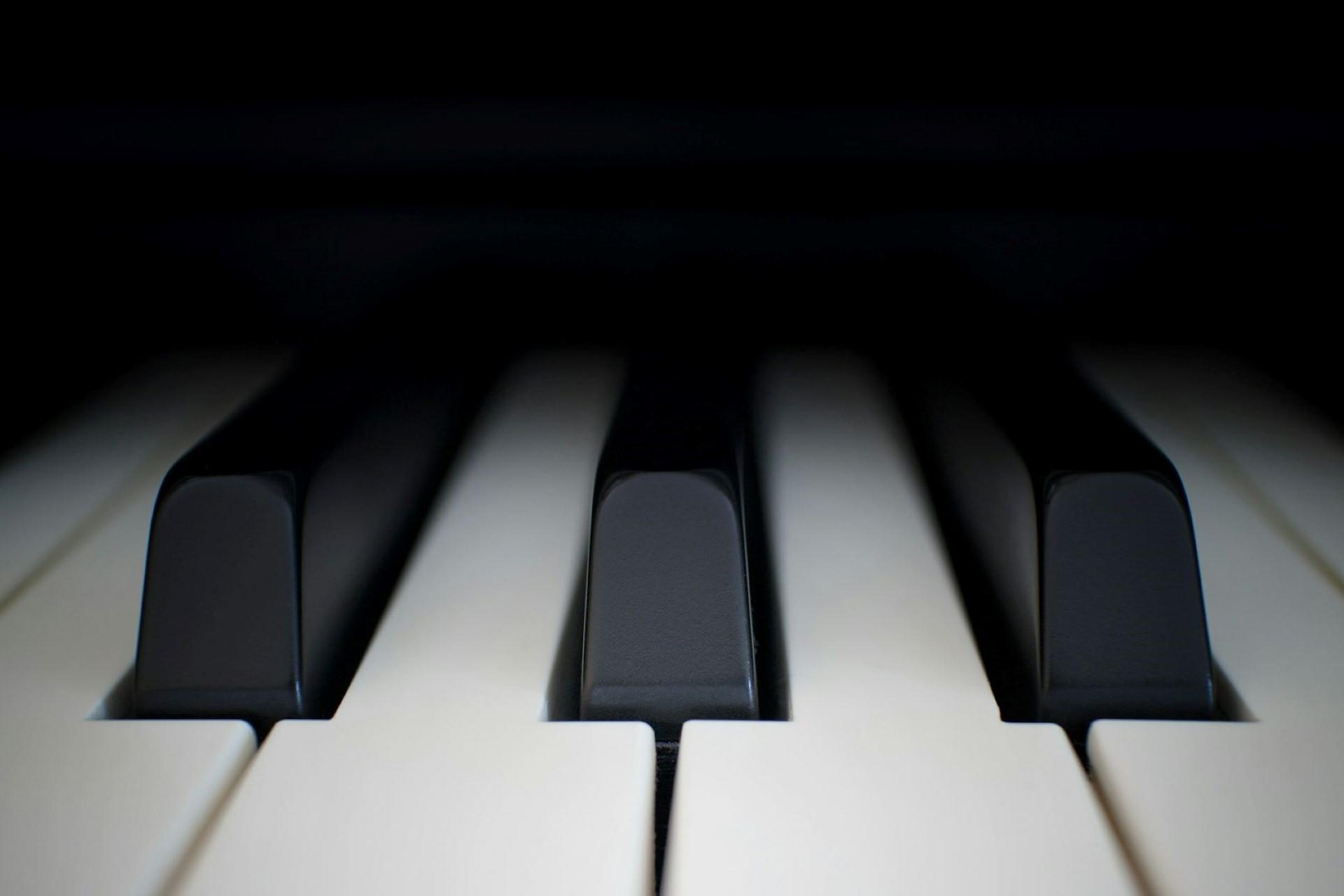Mason & Hamlin is an American piano manufacturer that has been making high-quality musical instruments for over a century. The company started as a partnership of musicality and technical expertise that produced many amazing musical instruments.
Today, we'll examine the company's history and how they make such amazing pianos.

The Beginning of Mason & Hamlin
Mason & Hamlin was founded by Henry Mason and Emmons Hamlin in 1854 in Boston. We'll leave it to you to determine how they came up with the name.
Boston was becoming a hub of musical innovation in the mid-19th century. Henry Mason, the son of Lowell Mason, a famous hymn composer, helped bring an understanding of music to the partnership. Emmons Hamlin contributed the technical expertise required to make pianos. Hamlin had worked with reed organs, and the company initially started by producing organs. If you're looking for local instruction elsewhere in the United States, search for piano lessons near me to find tutors in cities such as Omaha.
Mason & Hamlin quickly shifted from organs to pianos, aiming to rival the world's best piano manufacturers. By the late 19th century, Mason & Hamlin pianos were known for a rich, resonant tone and impeccable craftsmanship, making them one of the elite piano manufacturers of the era.

The Innovation and Craftsmanship that Made Mason & Hamlin Successful
Though pianos are beautiful and elegant musical instruments, they are technically complex and require meticulous craftsmanship. Mason & Hamlin ensured that each of their pianos was a masterpiece crafted to deliver unparalleled musicality and durability.
The Tension Resonator System
Mason & Hamlin's patented Tension Resonator System (TRS) was developed in the early 20th century. It involves installing a steel brace within the piano's frame.
of load because of the tension of the strings!
The TRS helps the piano maintain its shape under the tension of the strings. This innovation helps the piano keep its structural integrity and means that a Mason & Hamlin piano preserves its tonal quality over time.

Premium Materials
Mason & Hamlin, like other top piano manufacturers, carefully considers the materials used for it pianos.
These materials can include:
- Soundboards: Sitka spruce provides superior resonance and tonal clarity.
- Rims and Bridges: Hard rock maple offers maximum durability and stability.
- Hammers: High-density wool felt gives a balanced and expressive tone.
Handcrafted Excellence
Mason & Hamlin pianos are not mass-produced instruments. Instead, they're handcrafted by skilled artisans, with each piano undergoing a rigorous assembly and testing process in accordance with the company's exacting standards. The result is a piano that looks as good as it sounds.
The History of Mason & Hamlin at a Glance
1854
Founding of Mason & Hamlin
Henry Mason and Emmons Hamlin establish Mason & Hamlin in Boston, Massachusetts, initially focusing on the production of melodeons.
1855
Introduction of the Organ-Harmonium
The company innovates with the organ-harmonium, a flat-topped cabinet organ that sets the standard for American-style reed organs.
1883
Expansion into Piano Manufacturing
Mason & Hamlin begins producing upright pianos, marking its entry into the piano manufacturing industry.
1895
Launch of the Screw Stringer System
The company patents the Screw Stringer system, a unique method of tuning and maintaining string tension in pianos.
1900
Introduction of the Tension Resonator
Mason & Hamlin develops the Tension Resonator, a device designed to maintain the structural integrity and tonal quality of their pianos.
1932
Impact of the Great Depression
The economic downturn leads to financial difficulties, resulting in a change of ownership and a temporary decline in production.
1989
Acquisition by the Burgett Brothers
Gary and Kirk Burgett acquire Mason & Hamlin, revitalizing the brand and recommitting to high-quality piano manufacturing.
1996
Introduction of the Virtuoso X Series
The company launches the Virtuoso X Series, blending traditional craftsmanship with modern technology to enhance performance.
2011
Relocation to Haverhill, Massachusetts
Mason & Hamlin moves its manufacturing operations to Haverhill, continuing its legacy of American-made pianos.
2024
Celebration of 170 Years
The company commemorates 170 years of excellence in piano manufacturing, reaffirming its commitment to quality and innovation.
The Mason & Hamlin Piano Range
Mason & Hamlin offers a range of pianos with different models catering to various musicians and uses. This range means there's a Mason & Hamlin piano for every venue, from concert halls to your living room. Each piano is known for being versatile and offering exceptional sound quality.

Grand Pianos
Some of the most popular Mason & Hamlin pianos, which are known for their powerful sound and dynamic range, include:
- Model A (5'8"): A compact yet robust grand piano, ideal for home studios and smaller performance spaces.
- Model BB (7'): Known as the crown jewel of Mason & Hamlin’s grand piano series, the BB delivers a deep, resonant tone that rivals concert grands from other leading brands.
Upright Pianos
Mason & Hamlin also offers upright pianos for those with limited space. These pianos still provide the hallmarks of quality that come with any other Mason & Hamlin, just in a more compact form.
The Model 50, for example, is often recommended for its ability to emulate the sound and feel of some grand pianos. Though Yamaha upright pianos are highly recommended, the Mason & Hamlin uprights rival the tonal richness of some grand pianos and are far better than many mass-produced alternatives.
Upright pianos don't usually sound as good as grand pianos, but if you're short on space, the Mason & Hamlin Model 50 sounds better than some cheaper grand pianos.
Special Editions
Mason & Hamlin's Special Edition pianos are more than just pianos designed for their sound. These instruments often include a bold artistic statement, using rare and exotic wood finishes and customer designs and features.
Special Editions, as the name indicates, are made in limited quantities and are highly sought after by pianists, enthusiasts, and collectors alike. They'll feature the Mason & Hamlin sound while also being a striking centerpiece for any room or space. If you want an almost one-of-a-kind piano, there are few finer pianos than these special editions.

Competing with the Giant Piano Brands
Piano manufacturing is highly competitive, and Mason & Hamlin has to compete with domestic competing brands like Steinway & Sons, Japanese manufacturers like Yamaha, and European luxury brands like Fazioli. Each brand has its strengths. Here's how Mason & Hamlin stack up against them.
Steinway & Sons
Steinway & Sons makes concert pianos that are the gold standard. However, many musicians find the warmth and sustain offered by Mason & Hamlin unparalleled. The Tonal Resonator System gives Mason & Hamlin an edge in durability and consistency.
While Steinway pianos are undoubtedly incredible musical instruments, that doesn't necessarily mean they're perfectly suited to every type of music, and ultimately, personal preference can come into play. Some musicians prefer Mason & Hamlin's tone for their music and the kind of sound and feel they're looking for when they play the piano.
Yamaha and Kawai
The Japanese brands Yamaha and Kawai dominate the digital and hybrid pianos market. However, Mason & Hamlin don't compete in the digital space, prioritizing the quality of their acoustic instruments.
Yamaha and Kawai produce pianos on a larger scale, which means they can be much more affordable than a Mason & Hamlin piano. However, when it comes to the tonal richness and build quality, there are few better than Mason & Hamlin. For discerning buyers with the budget, there's a compelling argument for investing in an American-made Mason & Hamlin over these Japanese brands.

Fazioli and Bösendorfer
Fazioli and Bösendorfer are two ultra-luxury European piano brands. Regarding price, Mason & Hamlin balances affordability and high-end performance, making the pianos far more accessible for many buyers.
Mason & Hamlin pianos are more affordable than these brands and easier for American pianists to obtain. They're still absolutely incredible musical instruments. They're just not as expensive as a Fazioli or Bösendorfer. If you live in the central United States, you can find piano lessons near me in cities like Oklahoma City.
Mason & Hamlin's Cultural and Musical Impact
Mason & Hamlin has been associated with some of the greatest musicians and institutions. As with every top piano brand, Mason & Hamlin has been played by some of the best pianists in the world and chosen by many educational establishments since they offer an excellent balance between quality and price.
Mason & Hamlin pianos sit in an excellent position between the top-end luxury piano manufacturers and mass-produced pianos, offering a sweet spot between affordability and quality, which musicians and schools will prefer.
Famous Pianists
Both Sergei Rachmaninoff and Harold Bauer have played Mason & Hamlin pianos. Current Mason & Hamlin artists include Brian Culbertson, Cecil Ramirez, Charles Szczepanek, Elida Dakoli, Jarrod Radnich, Ron Tanski, and Quennel Gaskin.
By choosing a Mason & Hamlin piano, you know that you'll be in excellent company, having opted for a musical instrument that's preferred by some excellent pianists and composers.
Educational Institutions
While Baldwin pianos are often found in educational institutions nationwide, many conservatories and universities prefer Mason & Hamlin pianos, with the Juilliard School and the New England Conservatory both using them. This is another example of how the durability of a Mason & Hamlin comes in useful.
If a Mason & Hamlin piano is good enough for these educational establishments, it's likely good enough for you and your piano playing.
Challenges and Resilience
Every piano brand, especially those that have been around for so long, has challenges and hurdles to overcome. Mason & Hamlin has weathered The Great Depression, World War II, and numerous economic recessions, a testament to its resilience and commitment to quality.
In 1996, Mason & Hamlin was acquired by the Burgett Brothers. The company expanded its product line with new manufacturing techniques, marketing strategies, and leadership. It regained its prominence in the piano industry.
Mason & Hamlin Pianos on the Secondary Market
Like many other esteemed piano brands, owners of a Mason & Hamlin piano can be confident when choosing a piano that their instrument will retain its value well. Thanks to their timeless appeal, restored Mason & Hamlin pianos do well in auctions. The company also offers restoration services, ensuring that older piano models still play well and retain value.
Blending Tradition and Innovation: Mason & Hamlin in the Modern Era
Mason & Hamlin's adaptation to the modern era is exemplified by the introduction of the Virtuoso X Series, a piano that seamlessly blends traditional craftsmanship with cutting-edge technology, demonstrating the company's unwavering commitment to quality and innovation.
This piano features enhanced action mechanisms for improved responsiveness and control and customizable sound profiles that allow musicians to tailor the piano's tonal characteristics to their preferences.
Just look at the Mason & Hamlin Virtuoso X series.
Naturally, Mason & Hamlin remains focused on preserving its legacy, but it's doing this while embracing innovation, as it has always done. With a renewed emphasis on sustainability and global expansion, the company will likely remain one of America's finest piano manufacturers.
The company's unwavering commitment to excellence makes a Mason & Hamlin piano a fine addition to any concert hall or music school classroom. Musicians swear by its sound craftsmanship and durability.
For over 150 years, Mason & Hamlin has been more than just one of the many great American piano manufacturers; it's been at the center of American musical culture. Like music, the brand continues to evolve and remains as popular as ever.
Learn More About the Piano with a Private Tutor
Whether you play a Mason & Hamlin or have never played a piano before, you can learn more about the instrument, the history of music, and how to play piano with a private tutor.
There are piano tutors all over the US and worldwide; one of the best places to find the right one is through the Superprof website. Search for what you learn. From there, you can browse the profiles of all the experienced and qualified tutors on the website and see how much they charge, what their students think of them, and how they like to teach. For example, if you're in Pennsylvania, try searching for piano lessons near me to find tutors in Pittsburgh.
With so many Superprof tutors offering the first piano lesson for free, you can try a few before choosing the right one. We recommend you list the requirements and questions you'll need to ask potential tutors before contacting them and arranging a free session.















